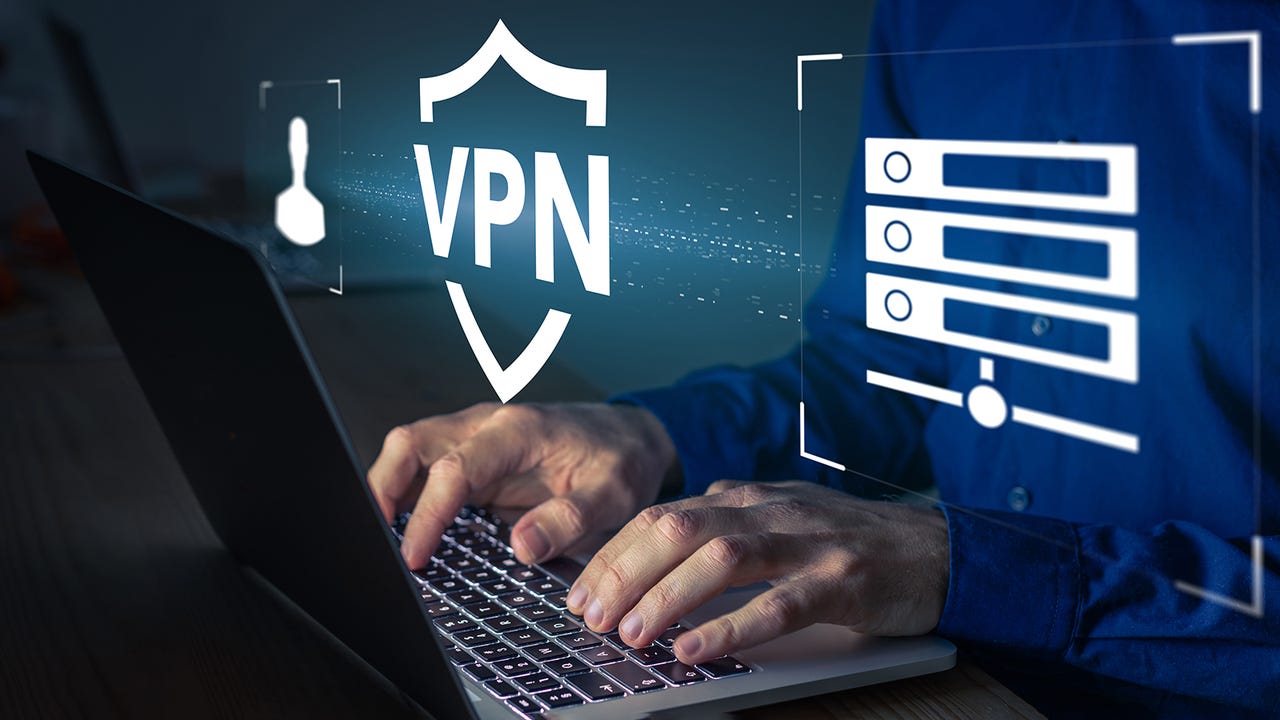'ZDNET Recommends': What exactly does it mean?
ZDNET's recommendations are based on many hours of testing, research, and comparison shopping. We gather data from the best available sources, including vendor and retailer listings as well as other relevant and independent reviews sites. And we pore over customer reviews to find out what matters to real people who already own and use the products and services we’re assessing.
When you click through from our site to a retailer and buy a product or service, we may earn affiliate commissions. This helps support our work, but does not affect what we cover or how, and it does not affect the price you pay. Neither ZDNET nor the author are compensated for these independent reviews. Indeed, we follow strict guidelines that ensure our editorial content is never influenced by advertisers.
ZDNET's editorial team writes on behalf of you, our reader. Our goal is to deliver the most accurate information and the most knowledgeable advice possible in order to help you make smarter buying decisions on tech gear and a wide array of products and services. Our editors thoroughly review and fact-check every article to ensure that our content meets the highest standards. If we have made an error or published misleading information, we will correct or clarify the article. If you see inaccuracies in our content, please report the mistake via this form.
How to install Google One VPN on MacOS


I'm a big advocate of using VPNs, especially when on the go and connected to networks you aren't confident you can trust. When you use a VPN, all the data that leaves your machine is encrypted and anonymized.
More how-tos
Adding a VPN is especially important when you're transmitting sensitive data and don't want a third party to intercept that information and use it against you.
I've been using the Google One VPN on Android since its release and have been exceptionally pleased with the results.
So, when Google released the client for MacOS, I was eager to install and use it.
Also: The cheapest VPNs that actually protect your data
And now, I'm going to show you how to install and use it on MacOS.
How to install Google One VPN on MacOS
Requirements
Let's get this VPN up and running. The only things you'll need for this are a MacOS device (either an Intel or Apple Silicon-based device) and a valid Google account. That's it.
1. Download the installer
Open your default web browser and point it to the Google One VPN MacOS download.
2. Install Google One VPN
After the file downloads, open Finder, navigate to the Google One DMG file, and double-click it. When prompted, double-click the VpnByGoogleOne.pkg file, and walk through the simple installation wizard.
Installing Google One VPN on MacOS is very simple.
3. Get started with Google One VPN
You'll see a small key icon in the top bar when the installation completes. Click that icon and, in the resulting pop-up, click Get Started.
Also: How the top VPNs compare: Plus, should you try a free VPN?
In the following pop-up, click Launch at Startup and click the ON/OFF slider.
Google One VPN has been installed and is ready for configuration.
4. Enable Google One VPN
After you click the ON/OFF slider, a warning will appear, informing you that VPN by Google One has been blocked. In that pop-up, click Open System Settings. In the resulting window, locate the Security section and click Allow.
Until Google One VPN is allowed on the system, it will not function.
At this point, the Google One VPN is now running and encrypting and anonymizing your network traffic.
Also: For total privacy in Chrome, use these VPNs (no, an extension won't cut it)
You can verify that it's running by clicking the key icon in the top bar, where you should see the VPN is enabled and keeping your online activity private.
Google One VPN is installed and allowed to run.
Congratulations, you've just added an extra layer of security to your MacOS device. Your networking speeds will have decreased slightly, but that's a worthwhile trade-off for the extra privacy you gain.